How to Prevent Cartilage Pain

Cartilaginous tissue, more commonly known as “cartilage”, is an elastic tissue whose matrix is responsible for supporting cells known as “chondrocytes”. They’re very important and, in many cases, can hurt or be bothersome. Learn how to treat and prevent cartilage pain in this article.
Cartilage: What you need to know
Cartilage “cushions” the femoral surfaces and cavities, lessening blows or falls when walking or running and preventing abrasion of the joints. In addition, they’re support structures that serve to provide mobility. In the human body, there are three types of cartilage:
- Hyaline cartilage consists of collagen fibrils. It’s the most abundant group, as it’s present in the larynx, bronchi, ribs, trachea and joint ends of bones. Also, it’s nourished by synovial fluid and has few fibers.
- Fibrous cartilage (or fibrocartilage) has a thicker type of collagen. In this regard, it’s present in the vertebral and articular discs, the meniscus, articular borders, and insertion zones, such as tendons and ligaments.
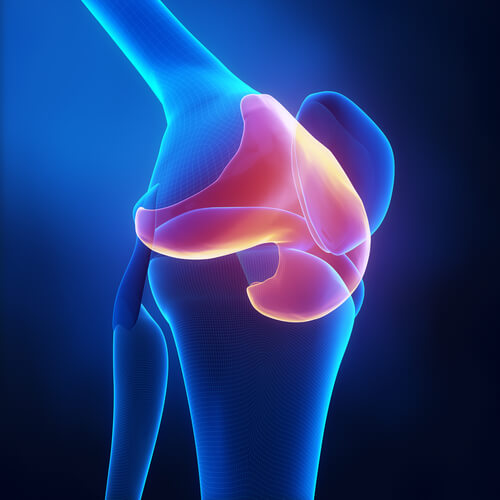
- Elastic cartilage is made up of elastic fibers and is found in the epiglottis, larynx, external ear, the Eustachian tubes, and the ear canal. It’s yellowish and it makes up the pinna of the ear.
How to prevent cartilage wear
One of the main consequences of cartilage wear is osteoarthritis, a condition where the tissue that cushions and protects the external bone is lost or reduced. In most cases, patients with cartilage problems are adult women. Some tips for preventing cartilage deterioration are:
- Play sports and/or also exercise regularly to prevent musculoskeletal injuries, taking into account certain characteristics such as age or capabilities.
- Use sports equipment and footwear to cushion joint overload.
- See a doctor at the onset of swelling or pain to dismiss cartilage injury or inflammation in the synovium.
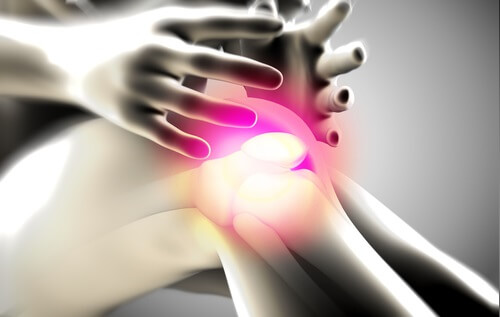
- Avoid obesity and being overweight, since these are direct causes of wear on the cartilage. Follow a balanced, healthy diet.
- Avoid movements that cause more pain or limit the use of affected joints.
- Exercise only when the area isn’t swollen.
How do cartilage pain and wear happen
Cartilage wear causes pain and swelling and difficulty walking and standing due to bone friction. The early symptoms are:
- The cartilage structure begins to lose its strength and is more likely to be injured or hurt by impact or excessive use.
- Also, the synovium or the lining of the joints becomes inflamed. This produces a protein called cytosine, causing more inflammation and damage.
- As the cartilage wears down, the bone is exposed and the joint loses its natural shape, which forms spurs or ” bone shoots”.
- On the other hand, cysts filled with liquid and bits of cartilage form around the joints and bones, causing a lot of pain.
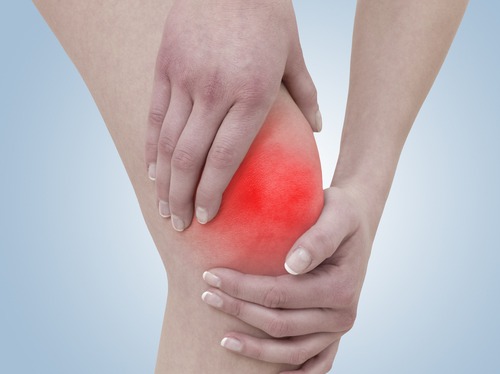
Foods that help build cartilage
In most cases, problems with worn or missing cartilage occur in the knees, which have to bear a lot of body weight when walking, standing, etc. There are many reasons why a person might suffer cartilage problems, get arthritis, pain or stiffness when wanting to get out of bed or a chair. Certain foods can help prevent cartilage deterioration and strengthen it.
This article may interest you: Foods That Reduce Joint Swelling
Vegetables
In this regard, vegetables are the most recommended foods for this. Most of them are low in calories and are good for losing weight or avoiding putting on weight.
Remember that obesity is a risk factor when it comes to cartilage problems. When a person is obese, the knees have to carry more weight, causing more stress on the joints, muscles, and cartilage. Eating a vegetable-rich diet can help reduce pain and weight loss. There are millions of healthy vegetable recipes out there.
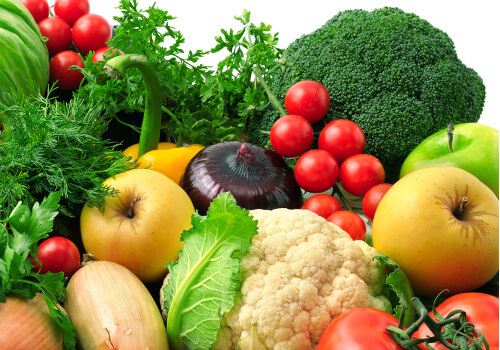
Lean proteins and seafood
Lean proteins are also very good for avoiding cartilage and joint pain. You can strengthen them with a reduced intake of saturated fat and increased lean protein, found in beans or tofu.
In addition, seafood offers omega-3 fatty acids that are good for reducing chronic inflammation. Feel free to eat tuna, salmon, herring, sardines, shrimp, oysters, and scallops. Fish contains vitamin D, which reduces the chances of suffering from rheumatoid arthritis.
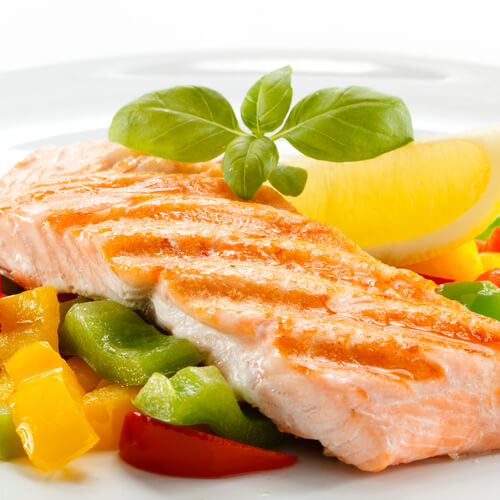
Citrus fruits
Citrus fruits can help build and strengthen cartilage in the knees, thus preventing cartilage pain. This is because they have lots of vitamin C, which the body needs to synthesize collagen (it makes up part of the tendons, cartilage, and ligaments). A collagen deficiency can cause pain, inflammation, arthritis or gout if the body produces too much uric acid.
In this regard, don’t hesitate to eat oranges, grapes, tangerines, grapefruit, and lemons daily, as well as tomatoes, onions, peppers, and blackberries.
Discover: 6 Health Benefits of Lemon Juice
Also, dried fruit is excellent for patients who have cartilage problems. Don think twice before eating a handful of nuts and peanuts daily to provide your body a good dose of vitamin E. This also limits the intake of sugar and refined flours (bread, pasta, white rice).
If you’re suffering from cartilage pain, don’t hesitate to include these amazing foods in your diet.
This text is provided for informational purposes only and does not replace consultation with a professional. If in doubt, consult your specialist.








